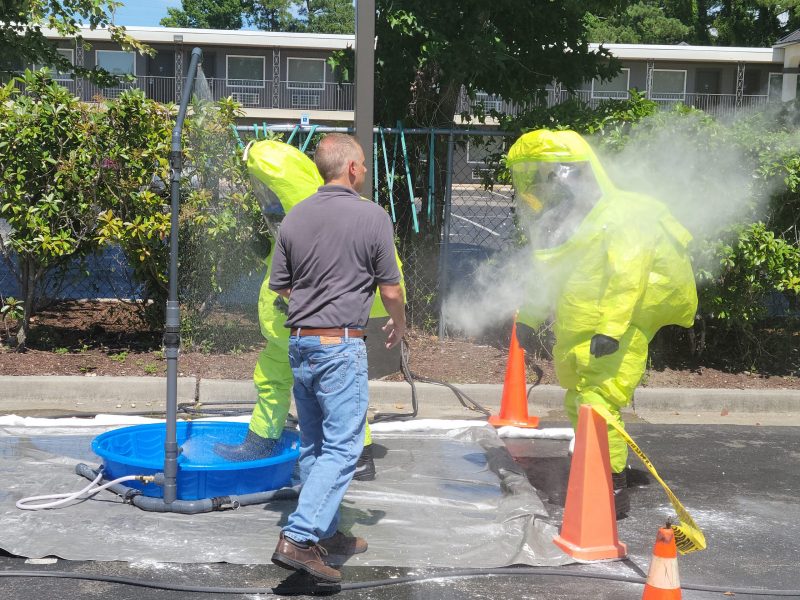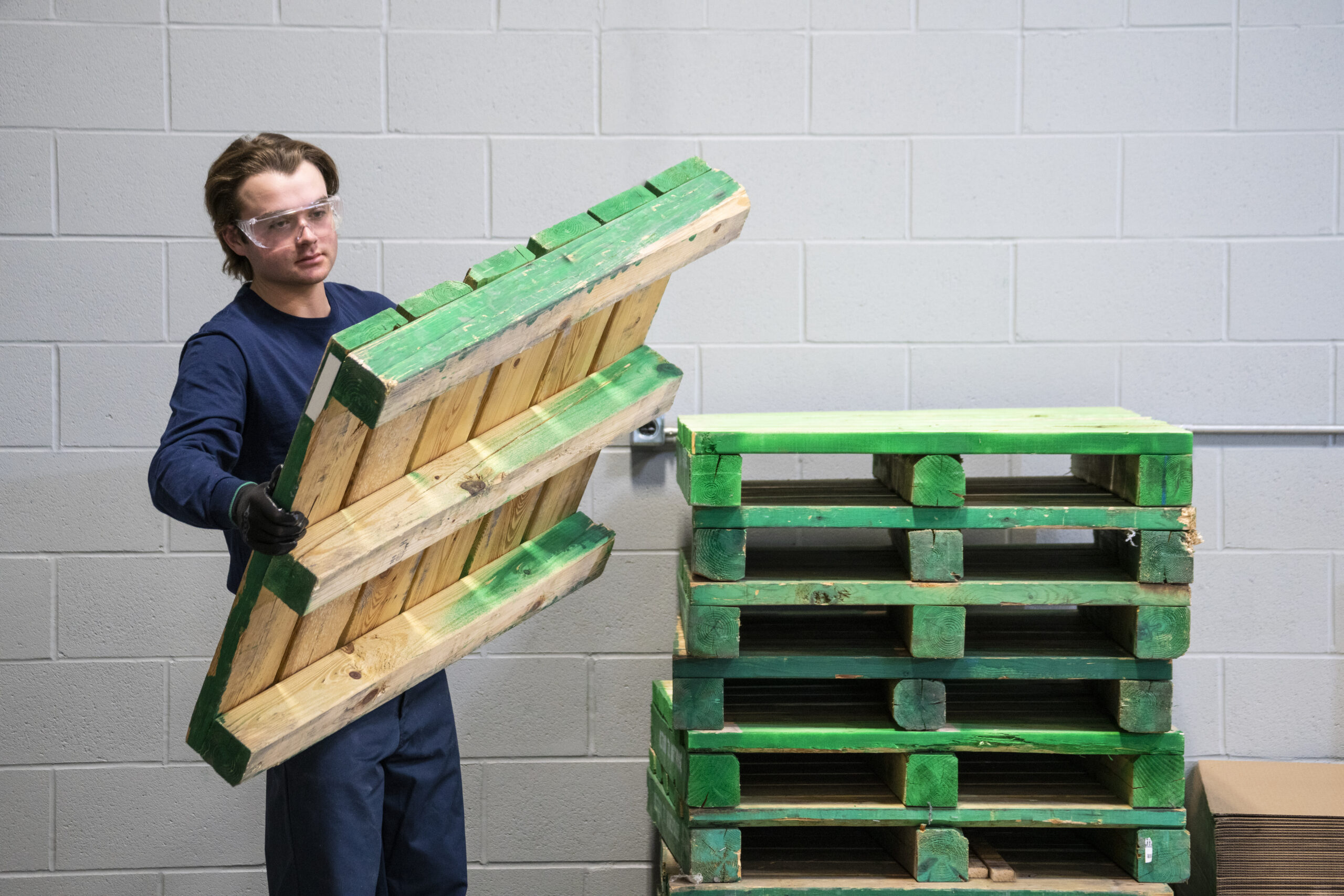Training Improves Hazard Recognition by Workers

Workers who are trained on the concept of “visual literacy” are able to spot workplace hazards that might go unnoticed, according to a study by The Campbell Institute at the National Safety Council. Visual literacy is the ability to recognize and understand ideas conveyed through visible actions or images.
The Campbell Institute wanted to find out if “learning to see” improves the ability to identify hazards and keeps people safer on the job. Trainees in a pilot program learned how visual biases can get in the way of our ability to truly see the important parts of a situation.
A structured way of looking at and observing work areas begins with taking in the big picture before zooming in to individual details. Put another way: Look at the perimeter of a scene and then move inward. Participants were taught to look for elements of visual literacy, including line, shape, color, texture and space.
Hazards Identified, Corrected
To test the theory, a Cummins manufacturing plant taught 225 workers to use visual literacy. They identified 132 issues and corrected 25 hazards.
Here’s an example: Using line, shape and texture, employees noticed that the rise and run of a set of steps weren’t consistent and up to code, the treads of the steps were run down, and there wasn’t a rail on one side of the steps. The steps were replaced, including proper railings.
The report says Cummins workers also increased the number of proactive hazard and near-miss reports after receiving visual literacy training.
Related Posts




